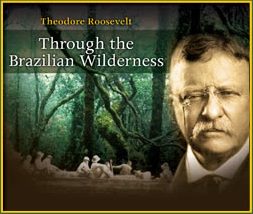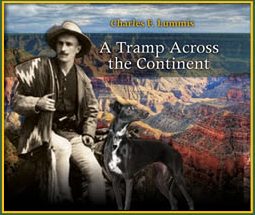Subscribe now to automatically receive our Listen2Read blog:
Listen to Samples From the Audiobooks:
Recent Posts
HOW TITUSVILLE PENNSYLVANIA SAVED THE WHALES
CHRISTMAS ON STORMY SOUTH AFRICAN SEAS WHERE THE WORLD IS STILL FLAT
THE DOOMED MEN OF THE COLORADO RIVER
THE MORNING WHEN PRESIDENT LINCOLN DIED
WHAT HAPPENED TO AMELIA EARHART’S AIRPLANE ‘THE FRIENDSHIP”?
Additional Listen2Read Titles
-
Unabridged
Narrative of the Most Extraordinary and Distressing Shipwreck of the Whale Ship Essex
$14.95 – $29.95 Preview
COPING WITH THE CALIFORNIA DROUGHT

I visited a special plant nursery last week to help me cope with California’s serious drought. It’s a nursery that specializes in California native plants – flora that survive in the arid Southern California climate of very little rain.
As I walked through the various plant displays at the Theodore Payne Foundation, I kept thinking of Charles Fletcher Lummis describing Southern California as a kind of paradise in our audio book of his “A Tramp Across The Continent”:
“….the ground was carpeted with myriad wild flowers, birds filled the
air with song and clouds of butterflies fluttered past me.”
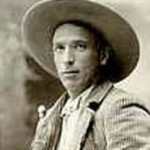
What Lummis didn’t know at the end of his 3,000-mile walk from Cincinnati, Ohio to Los Angeles in 1884 was that the area had just experienced unusual flooding and, at that moment, had endless water supplies.
Lummis also didn’t know then that major droughts had taken place throughout the history of Southern California. This led to boom or bust economics for the early Californios, who had Spanish land grants of huge amounts of land. Think of it: a Californio was granted free land –as large as 167,000 acres, raised cattle on the land and yet went bankrupt. The reason: the cattle died for lack of water during the drought years.
Our current drought in California is one of a long series of droughts reaching back into history. My fellow Californians and I are having to re-evaluate our relationship to water because there is a swindling supply of it. And thus, my visit to the Theodore Payne Foundation.
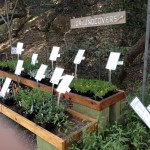
As I walked around, I saw that the Foundation owns a nursery and plant demonstration space, devoted to educating Californians about the native plants, which flourish in our arid climate. The retail nursery has one of the largest and best selections of California native plants in the area with over 900 unique species. I was able to learn about the possibilities of native plants. A volunteer helped me choose plants to purchase and take home to my garden.
I learned that day that The Theodore Payne Foundation (http://theodorepayne.org/) is a non-profit, named after an extraordinary English nurseryman, who arrived in Southern California in 1893. In 1903, he established his seed and nursery company in downtown Los Angeles.

Theodore Payne was a pioneering spirit in the horticultural history of Los Angeles.
Payne fell in love with native plants and he especially liked California Wildflowers. He was greatly appreciated by influential residents of his day. Payne was asked to design landscape projects for Pomona College, Occidental College, and Torrey Pines Park. He designed Washington Park for the City of Pasadena and created a native plant garden for the California Institute of Technology.
In 1915, Payne planted the first public garden devoted to native California plants, in Exposition Park. It is now the rose garden – beautiful but needing much more water than the original garden. He designed many private gardens throughout Southern California. At the end of his career, he gave his seed and stock to the Foundation, which bears his name.
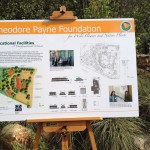
It is very likely that Theodore Payne knew Charles Fletcher Lummis. Lummis also became a major figure in early Los Angeles. After he left his job as City Editor of the Los Angeles Times, Lummis was the founder of the Southwest Museum. And whom did the Southwest Museum choose to design and plant its wildflower garden? None other than Theodore Payne.
Andre Stojka
Publisher
Listen2Read
Additional Listen2Read Titles
-
Unabridged
Narrative of the Most Extraordinary and Distressing Shipwreck of the Whale Ship Essex
$14.95 – $29.95 Preview



